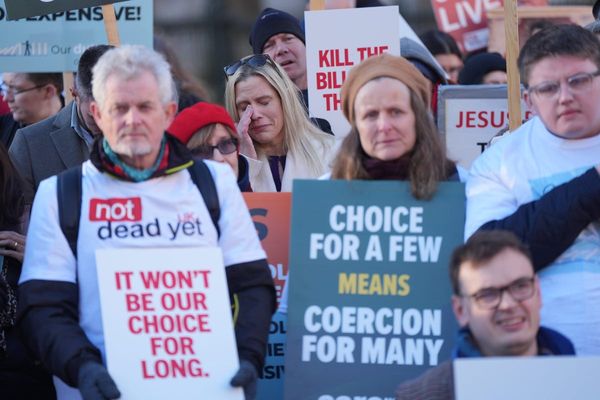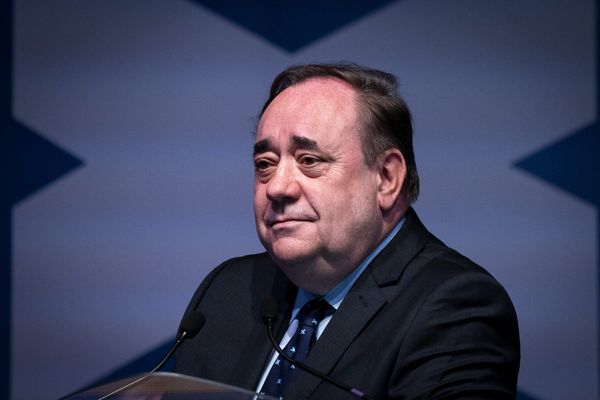The Biden administration unveiled a rule Friday to slash smog pollution that comes from power plants and other industrial sources and drifts across state lines, endangering people in downwind states.
The proposal would lower levels from the power sector of nitrogen oxide, a pollutant that forms low-level ozone, or smog, by 29 percent by 2026, the EPA said. It would cost about $1.1 billion to complete, a “fraction” of the estimated benefits to public health and the environment, which the agency placed between $9.3 billion and $18 billion.
“Air pollution doesn’t stop at the state line,” Michael S. Regan, the EPA administrator, said in a statement. “This step will help our state partners meet air quality health standards, saving lives and improving public health in smog-affected communities across the United States.”
The “Good Neighbor” plan would prevent about 1,000 premature deaths, 1.3 million cases of asthma, 2,400 visits to hospitals and emergency rooms and 470,000 missed days of school, according to an agency fact sheet.
[Congress rejects Biden’s proposed cut to biosafety program]
The proposal comes after Regan telegraphed at an energy conference this week in Houston that the EPA would be rolling out a series of environmental regulations, including this plan on downwind smog, a measure on cleaning up toxic coal ash and another policy on the emissions of mercury, a hazardous toxin that affects human brains.
After oral arguments at the Supreme Court on Feb. 28 in a case brought by states challenging the EPA’s ability to regulate greenhouse gas emissions, the agency is waiting to issue a proposal to lower carbon emissions from the nation’s power sector.
Ruling awaited
A ruling from the high court, where conservative justices have a 6-3 majority, could bind the agency’s regulatory options to curb greenhouse gases.
The proposal made public Friday would cover 26 states and require power plants in 25 states to reach more stringent standards for nitrogen oxide by “consistently” running pollution-control devices, which plant operators sometimes turn off to save money.
The proposed rule, which will have to go through a public comment period before it’s finalized, is primarily directed at industrial sources that throw off airborne pollution that drifts toward the Northeast and mid-Atlantic regions from states in the South and Midwest.
“Similar to secondhand smoke, air pollution has negative health impacts in communities across the country,” Sen. Thomas R. Carper, D-Del., the chairman of the Environment and Public Works Committee, said in a statement. “That is especially true for those of us in downwind states like Delaware, where over 90 percent of our air pollution comes from out of state. When power plants and other industrial sources in upwind states pollute, we breathe in that air, and our health and economy suffer as a result.”
Ozone at the ground level, also known as smog, can lead to asthma and trigger heart attacks and other ailments. It forms when nitrogen oxides, which cars, trucks, power plants, kilns, turbines and other industrial sources emit, mix with sunlight and what are known as “volatile organic compounds,” or VOCs.
“We are pleased to see EPA taking strong steps to strengthen protections for public health and the environment by expanding coverage and requiring emissions reductions from the power sector and certain large industrial facilities,” said Hayden Hashimoto, an associate attorney at the Clean Air Task Force, an environmental law group.
Studying rule
Alex Bond, deputy general counsel for climate and clean energy at the Edison Electric Institute, a trade group for investor-owned electric utility companies, said EEI would take a broad approach in assessing the rule.
“While we still are reviewing the details of the good neighbor rule that the Environmental Protection Agency (EPA) released today, we look forward to continuing to work with Administrator Regan and his team at EPA on their efforts to take a coordinated and holistic approach to policymaking, which can help to provide a regulatory framework that supports these investments and accelerates the clean energy transition,” Bond said.
A 2008 report by the National Academy of Sciences found brief exposure — just 24 hours — to high levels of ozone is linked to early death in humans.
Harold Wimmer, national president and CEO of the American Lung Association, said power plant operators often turn off pollution-control tools and are legally allowed to do so. “Frequently this occurs on the hottest, smoggiest days, meaning children, elderly, pregnant women and individuals with asthma, COPD and other chronic diseases suffer from pollution that could have been prevented,” Wimmer said.
Chronic obstructive pulmonary disease, or COPD, is a chronic inflammatory lung disease that can obstruct the flow of air into the lungs. It’s typically linked to “long-term exposure to irritating gases or particulate matter,” according to the Mayo Clinic.
The post EPA unveils rule to combat cross-state smog pollution appeared first on Roll Call.







